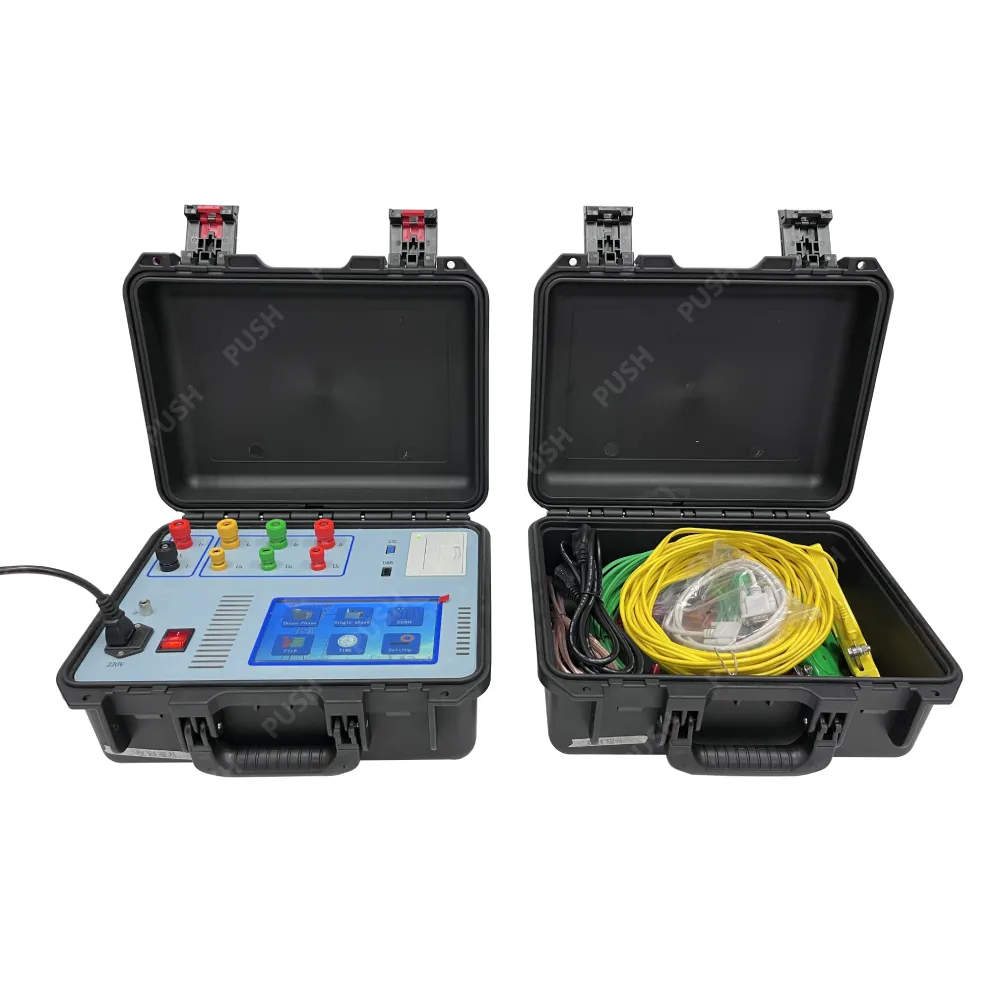 English
English



-
 Afrikaans
Afrikaans -
 Albanian
Albanian -
 Amharic
Amharic -
 Arabic
Arabic -
 Armenian
Armenian -
 Azerbaijani
Azerbaijani -
 Basque
Basque -
 Belarusian
Belarusian -
 Bengali
Bengali -
 Bosnian
Bosnian -
 Bulgarian
Bulgarian -
 Catalan
Catalan -
 Cebuano
Cebuano -
 China
China -
 China (Taiwan)
China (Taiwan) -
 Corsican
Corsican -
 Croatian
Croatian -
 Czech
Czech -
 Danish
Danish -
 Dutch
Dutch -
 English
English -
 Esperanto
Esperanto -
 Estonian
Estonian -
 Finnish
Finnish -
 French
French -
 Frisian
Frisian -
 Galician
Galician -
 Georgian
Georgian -
 German
German -
 Greek
Greek -
 Gujarati
Gujarati -
 Haitian Creole
Haitian Creole -
 hausa
hausa -
 hawaiian
hawaiian -
 Hebrew
Hebrew -
 Hindi
Hindi -
 Miao
Miao -
 Hungarian
Hungarian -
 Icelandic
Icelandic -
 igbo
igbo -
 Indonesian
Indonesian -
 irish
irish -
 Italian
Italian -
 Japanese
Japanese -
 Javanese
Javanese -
 Kannada
Kannada -
 kazakh
kazakh -
 Khmer
Khmer -
 Rwandese
Rwandese -
 Korean
Korean -
 Kurdish
Kurdish -
 Kyrgyz
Kyrgyz -
 Lao
Lao -
 Latin
Latin -
 Latvian
Latvian -
 Lithuanian
Lithuanian -
 Luxembourgish
Luxembourgish -
 Macedonian
Macedonian -
 Malgashi
Malgashi -
 Malay
Malay -
 Malayalam
Malayalam -
 Maltese
Maltese -
 Maori
Maori -
 Marathi
Marathi -
 Mongolian
Mongolian -
 Myanmar
Myanmar -
 Nepali
Nepali -
 Norwegian
Norwegian -
 Norwegian
Norwegian -
 Occitan
Occitan -
 Pashto
Pashto -
 Persian
Persian -
 Polish
Polish -
 Portuguese
Portuguese -
 Punjabi
Punjabi -
 Romanian
Romanian -
 Russian
Russian -
 Samoan
Samoan -
 Scottish Gaelic
Scottish Gaelic -
 Serbian
Serbian -
 Sesotho
Sesotho -
 Shona
Shona -
 Sindhi
Sindhi -
 Sinhala
Sinhala -
 Slovak
Slovak -
 Slovenian
Slovenian -
 Somali
Somali -
 Spanish
Spanish -
 Sundanese
Sundanese -
 Swahili
Swahili -
 Swedish
Swedish -
 Tagalog
Tagalog -
 Tajik
Tajik -
 Tamil
Tamil -
 Tatar
Tatar -
 Telugu
Telugu -
 Thai
Thai -
 Turkish
Turkish -
 Turkmen
Turkmen -
 Ukrainian
Ukrainian -
 Urdu
Urdu -
 Uighur
Uighur -
 Uzbek
Uzbek -
 Vietnamese
Vietnamese -
 Welsh
Welsh -
 Bantu
Bantu -
 Yiddish
Yiddish -
 Yoruba
Yoruba -
 Zulu
Zulu
types of tap changing transformer
Types of Tap-Changing Transformers
Transformers are essential components in electrical power systems, facilitating the transmission and distribution of electricity. One vital feature of certain transformers is the ability to adjust voltage levels, which is achieved through the use of tap-changing mechanisms. Tap-changing transformers are designed to regulate output voltage to match varying load conditions, ensuring the stability and reliability of power supply. There are two primary types of tap-changing transformers on-load tap changers (OLTC) and off-load tap changers (ULTC), each serving unique operational needs and applications.
On-Load Tap Changers (OLTC)
On-load tap changers are designed to adjust the transformer’s voltage without interrupting the power supply to the load. This capability is particularly advantageous in situations where continuous operation is critical, such as in industrial plants or large-scale grid systems. An OLTC operates while the transformer is energized, allowing for seamless voltage adjustments in response to fluctuating load demands.
The mechanism for an OLTC typically involves a series of movable contacts that switch between different taps on the transformer's winding. The control system continuously monitors the output voltage and automatically adjusts the tap position to maintain the desired voltage level. This process is not only efficient but also minimizes wear and tear, as the transitions are designed to occur under load conditions.
OLTCs are often implemented in large power transformers and are integral to maintaining voltage stability in transmission networks. They contribute significantly to the economic operation of power systems by reducing losses and improving the quality of power delivered to consumers.
types of tap changing transformer

Off-Load Tap Changers (ULTC)
Conversely, off-load tap changers are utilized when the transformer is de-energized, meaning that voltage adjustments can only be made when the transformer is not under load. This type of tap changer is typically used in smaller transformers or in situations where the need for voltage adjustment is infrequent. Unlike OLTCs, ULTs require manual intervention or a specific operational procedure to change the tap settings.
The design of off-load tap changers is generally simpler than that of their on-load counterparts. They involve mechanical switching mechanisms that allow operators to select the desired tap position manually. Although they provide less flexibility compared to OLTCs, ULTs are cost-effective and easier to maintain due to their simpler construction. They are frequently employed in distribution transformers or in areas where load conditions are stable or predictable.
Conclusion
The choice between on-load and off-load tap changing transformers largely depends on the specific requirements of the electrical system in question. OLTCs are favored for their ability to adapt to dynamic load conditions without disrupting service, making them central to modern power transmission systems. In contrast, ULTs serve reliably in more stable applications where infrequent adjustments are adequate.
As the demand for efficient and reliable power supply continues to grow, the role of tap-changing transformers becomes increasingly important. By understanding the functions and advantages of OLTCs and ULTs, engineers and operators can make informed decisions that enhance the performance and reliability of electrical networks. Ultimately, the correct application of tap-changing technology is pivotal in the quest for optimized power quality and system resilience.
-
Testing Equipment Industry Sees Major Advancements in 2025: Smart & Precision Technologies Lead the WayNewsJun.06,2025
-
Applications of Direct Current Generators in Renewable Energy SystemsNewsJun.05,2025
-
Hipot Tester Calibration and Accuracy GuidelinesNewsJun.05,2025
-
Digital Circuit Breaker Analyzer Features and BenefitsNewsJun.05,2025
-
Benefits of Real-Time Power Quality Monitoring Devices for Industrial EfficiencyNewsJun.05,2025
-
Earth Fault Loop Testing in High-Rise Building Electrical SystemsNewsJun.05,2025



